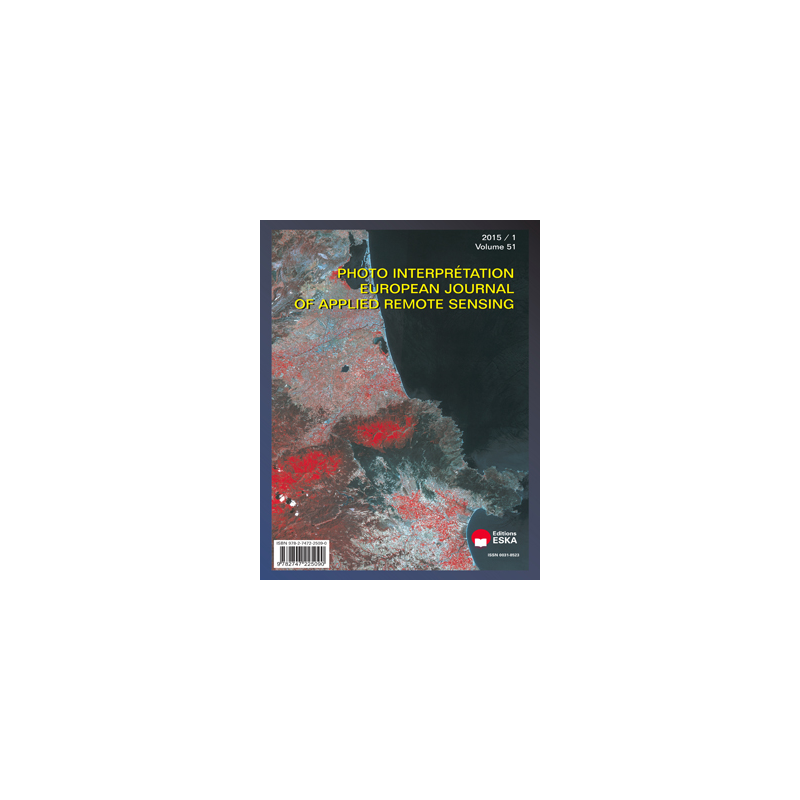



 Security policy
Security policy
(edit with the Customer Reassurance module)
 Delivery policy
Delivery policy
(edit with the Customer Reassurance module)
The evaluation of groundwater potential appears to be an effective tool for the management of water resources, particularly in arid and semi-arid regions such as the Middle Atlas plateaus. This region consists essentially of dolomites and dolomitic limestones of the Lower and Medium Lias, favoring a large groundwater above the impermeable substratum formed by Triassic red clays (plate 3). These groundwater karstic origins play a crucial role for drinking water supply of the big cities (Meknes, Fes) and irrigation of surrounding areas. It is between the Lambert coordinates: 480 Km <x <560 Km longitude and 280 Km <Y <370
Km latitude. The elevations are ranging from about 500 m in contact with Platform – Sais basin to about 2400 m summits of the mountains of Tizi n’Tretten accident crosses the Platfom (plate 2). The main objective of this study is to identify the groundwater
potential using AHP method of Saaty (tables 1 and 3) and sensitivity analysis to assess the effect of each groundwater recharge parameter on the final map.
KEYWORDS : Multi-criteria analysis, Sensitivity analysis, Groundwater potential, Middle Atlas, Morocco.